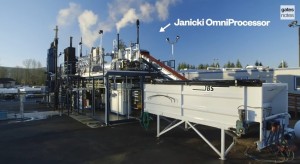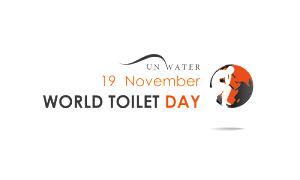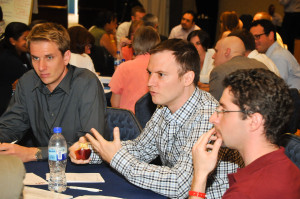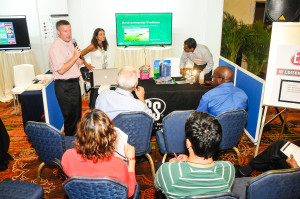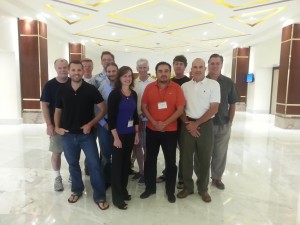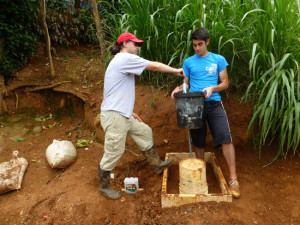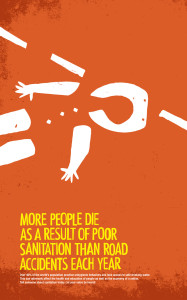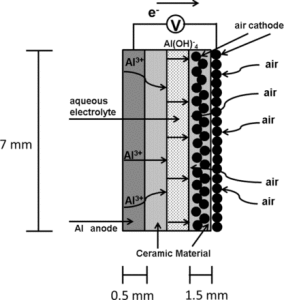
The aluminum-air battery has the potential to serve as a short-term power source for electric vehicles.
Image: Journal of The Electrochemical Society
A new long-life aluminum-air battery is set to resolve challenges in rechargeable energy storage technology, thanks to ECS member Ryohei Mori.
Mori’s development has yielded a new type of aluminum-air battery, which is rechargeable by refilling with either salt or fresh water.
The research is detailed in an open access article in the Journal of The Electrochemical Society, where Mori explains how he modified the structure of the previous aluminum-air battery to ensure a longer battery life.
Theoretically, metal-air technology can have very high energy densities, which makes it a promising candidate for next-generation batteries that could enable such things as long-range battery-electric vehicles.
However, the long-standing barrier of anode corrosion and byproduct accumulation have halted these batteries from achieving their full potential. Dr. Mori’s recently published paper, “Addition of Ceramic Barriers to Aluminum-Air batteries to Suppress By-product Formation on Electrodes,” details how to combat this issue.


